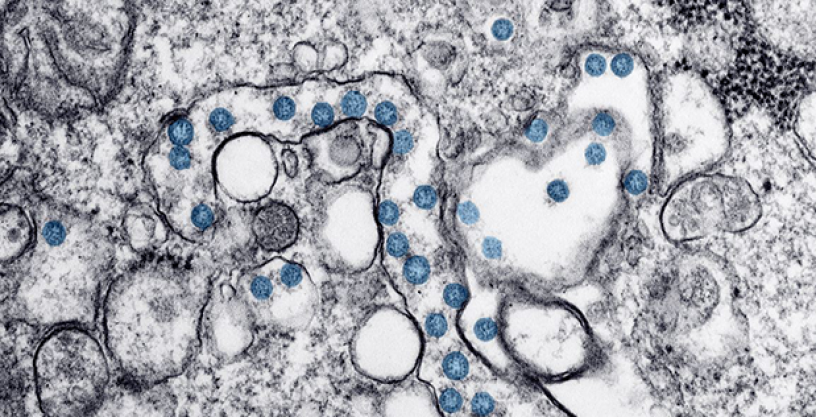
DARPA is seizing opportunities to transition technology to support frontline defenders
Apr 3, 2020
The United States confronts a potential national security threat each time a new outbreak of infectious disease occurs anywhere in the world. Our military must be able to deploy safely to wherever they are required to operate. The disease threats seen abroad can also impact the civilian population. The nationwide spread of H1N1 flu in 2009, of Middle East Respiratory Syndrome in Indiana in 2013, and the presence of Ebola in Texas in 2014 are recent reminders of this reality. As the current COVID-19 pandemic shows, an unwarned highly contagious virus can rapidly overwhelm medical systems worldwide.
There is currently a mismatch between the rapidity at which biological threats can emerge and proliferate and the response time for developing and deploying effective medical countermeasures. Traditional biodefense technologies are primarily to counter known pathogens, and even then, long lead times may be required to develop responses. After creating a successful medical countermeasure, it must then be mass-produced and stockpiled in preparation for a large-scale emergency. This process is time-consuming enough for known and predictable threats. It can be agonizingly slow when it comes to unfamiliar pathogens like SARS-CoV-2 (the cause of the COVID-19 illness), which can spread at pandemic scale before scientists can devise and deploy countermeasures.
Cognizant of the need for speed, DARPA began aggressively pursuing medical countermeasures research more than a decade ago with a focus on developing generalizable, virus-agnostic technologies that can address whatever threat emerges, rather than building a collection of one-off solutions. This approach allows “firebreaks” to mitigate the national security risks posed by infectious disease, and is illustrative of a portfolio of biological programs aimed at preventing pandemics.
During this uncertain time, we would like to stress that we are working on several fronts to bring the latest science and technology to overtake the challenges posed by COVID-19. The agency’s primary concern, of course, is for the health and safety of its personnel, partners, performers, as well as the broader defense and research community it supports. The agency is monitoring the COVID-19 situation and is appropriately adjusting its work policies for its employees and contractors based on public health guidelines and the policies put in place by federal, state, and local officials.
We are not naïve to the realities of our current operating environment and know there will be challenges ahead as remote work, facility closures, and other restrictions are put in place to keep people safe. We are working with those impacted to strike an appropriate balance between operating safely while continuing to pursue our critical research for national defense. That said, over these next few months we will undoubtedly see impacts on the progress made across our research programs as well as our ability to transition technologies. We continue to push forward on our mission and are confident that, despite the challenges, DARPA will deliver breakthrough technologies during and after this difficult time.
As you would expect, DARPA is identifying and seizing opportunities to accelerate research and technology transitions to support our frontline defenders in the military and in medical facilities nationwide.
Going forward, we intend to use this space to update you on the latest news regarding DARPA’s programs dedicated to preventing pandemics. All of us have a role to play in ensuring that DARPA succeeds in its mission; and we hope you stay engaged with and inspired by our actions in the difficult days ahead.
Yours,
Peter Highnam, Ph.D.
Acting Director
Defense Advanced Research Project Agency
